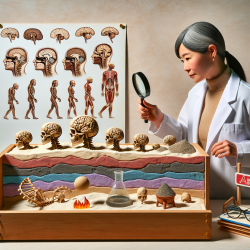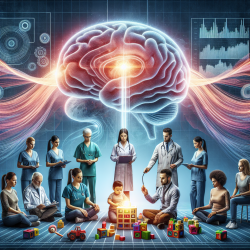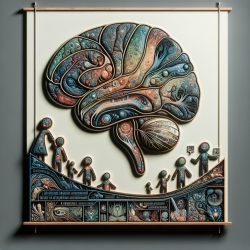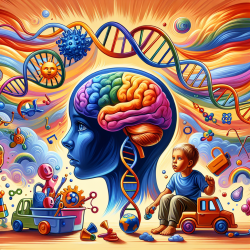Unlock the Secrets of Brain Evolution: What Every Practitioner Needs to Know!
In the ever-evolving field of neuroscience, understanding the intricate relationship between cranial structures and brain evolution is paramount. The research article "Functional Craniology and Brain Evolution: From Paleontology to Biomedicine" offers groundbreaking insights that can enhance the skills of practitioners and inspire further research.
The Evolutionary Link
The study of functional craniology reveals the profound impact of cranial and cerebral evolution on modern medicine. By examining the spatial relationships between the skull and brain, researchers have uncovered crucial insights into cranial surgery and neurodegenerative diseases like Alzheimer's. This research highlights the importance of geometrical modeling in understanding brain physiology and evolution, providing practitioners with a deeper comprehension of how these factors influence medical conditions.
Practical Applications for Practitioners
Practitioners can apply these findings in several ways:
- Cranial Surgery: Understanding the spatial relationships between cranial and cerebral components aids in planning and executing surgical procedures with greater precision.
- Neurodegenerative Diseases: Insights into brain form variation offer a new perspective on interpreting neurodegeneration and conditions like Alzheimer's, potentially leading to innovative treatment approaches.
- Visual Impairment: The study of evolutionary constraints between facial and neural blocks can provide new information on visual impairments, offering a holistic approach to diagnosis and treatment.
Encouraging Further Research
This research encourages practitioners to delve deeper into the evolutionary aspects of neuroanatomy. By exploring the connections between paleontology and biomedicine, practitioners can contribute to the development of robust evolutionary hypotheses on brain evolution. This interdisciplinary approach not only enhances our understanding of brain function but also offers comprehensive biological perspectives on pathological processes.
Conclusion
The intersection of paleontology and biomedicine presents a unique opportunity for practitioners to improve their skills and advance the field of neuroscience. By embracing the insights from functional craniology, practitioners can enhance their understanding of brain evolution and its implications for modern medicine.
To read the original research paper, please follow this link: Functional craniology and brain evolution: from paleontology to biomedicine.










